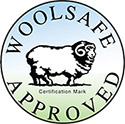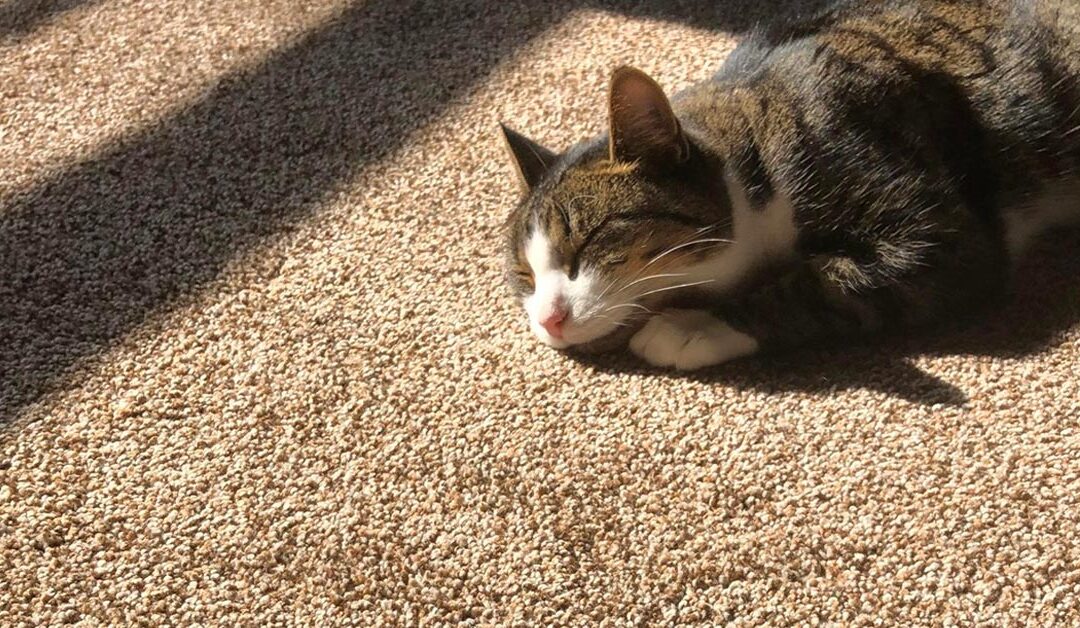While synthetic fibers make up the vast majority of the carpet market today, there is still certainly a niche for natural fibers. Among those natural fiber carpets, wool is by far the most common. Wool is resilient and durable, and with proper care can last decades.
Wool Carpeting Characteristics
Because wool carpet has a number of unique characteristics, it requires a bit more work to maintain than synthetic carpet and it is important that it be cleaned by experienced professionals.
Shrinkage – Since wool is a natural fiber, there is a slight risk that it may shrink in the event it is improperly maintained. This is an especially high risk if the carpet’s backing is a natural fiber such as jute.
Shedding – Because wool carpets are a staple fiber, they can “shed.” Since staple fibers are so short, many are left unattached during the manufacturing process. The amount of shedding diminishes over time, and doesn’t mean your carpet is falling apart.
Absorbent – Wool is an absorbent fiber, which means getting stains out may be more difficult than it would be with synthetic fibers. The sooner the stain is treated, the better.
Soil Resistant – Wool does have a good resistance to soiling (or the embedding of dirt in the carpet fibers). Because wool is a natural fiber, it has microscopic scales which not only help deflect dirt, but also reflects light (making any soiling that does exist less obvious to the eye).
Natural Elasticity – Wool stands up to everyday wear and resists being crushed by furniture thanks to its elasticity.
Retains Moisture – Because wool is so absorbent, it may retain moisture from humid air. This may be a problem if it never has the opportunity to completely dry out or doesn’t receive regular and proper cleaning.
Cleaning Wool Carpeting
An effective carpet care schedule for wool carpet includes a daily vacuuming regimen and scheduled interim maintenance. We suggest using our CRYSTAL DRY® Extra interim cleaning chemistry,* which is WoolSafe® approved. We also recommend using warm water instead of hot, as wool reacts better to a cooler temperature. Regardless of what product you use, be sure to always test for colorfastness in an inconspicuous area before proceeding on larger areas of the carpet.
Avoid These Destructive Practices:
- Extreme water temperatures: destroys natural fibers and may cause the seams to separate.
- Cleaning solutions or chemicals containing high VOCs: leaves a residue, may lead to resoiling and fiber damage, and impacts indoor air quality.
- Using bleach: causes permanent damage to both the carpet and its color.
- Performing dry pile lifting: releases harmful particulates into the indoor environment.
- Spin bonneting or shampooing with a rotary floor machine: is not recommended by CRI, Woolsafe Organisation, or leading carpet mills.
* CRYSTAL DRY® Extra is WoolSafe® approved.
For more information, check out our Smart Care® Cleaning Guide.


